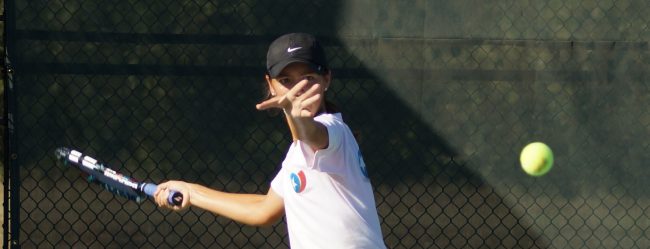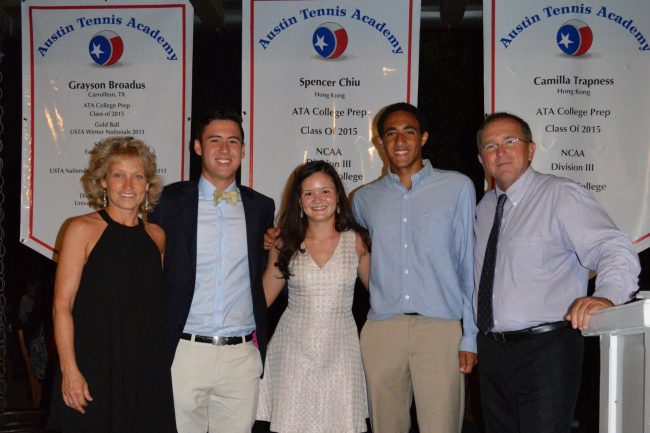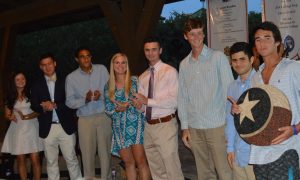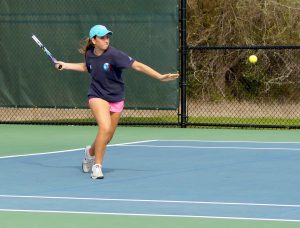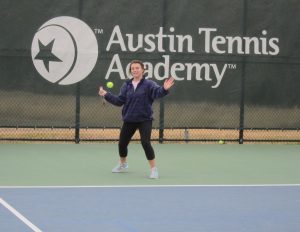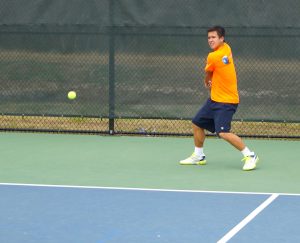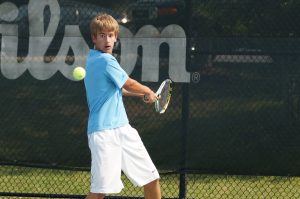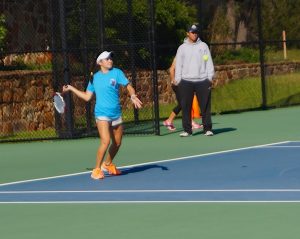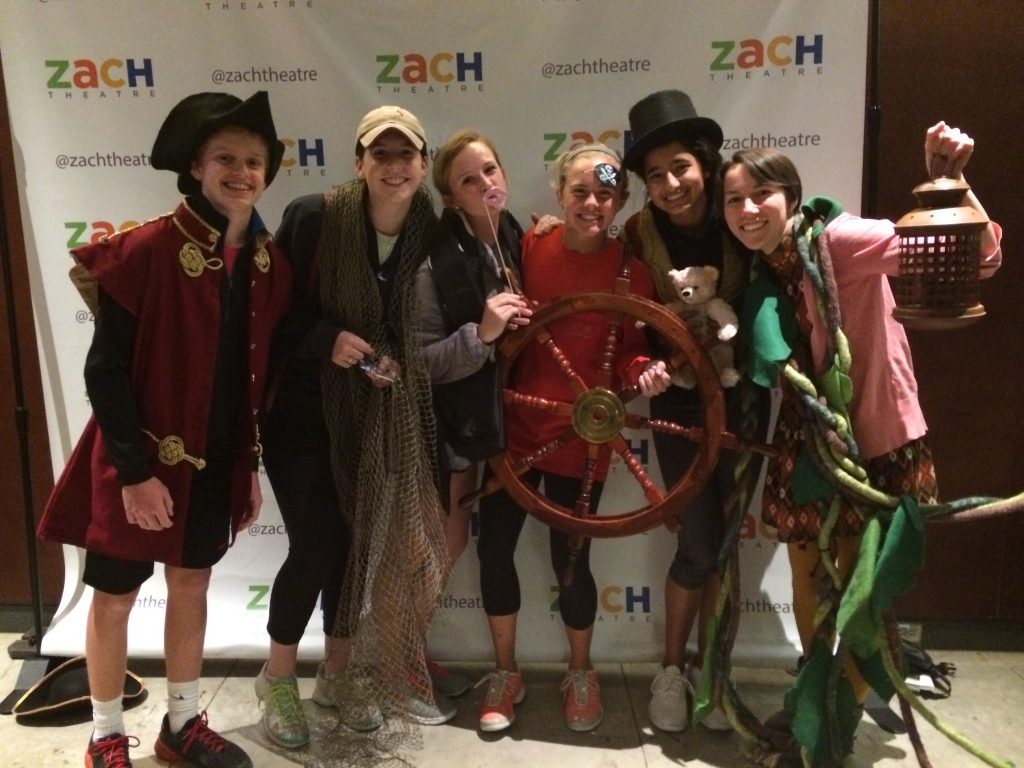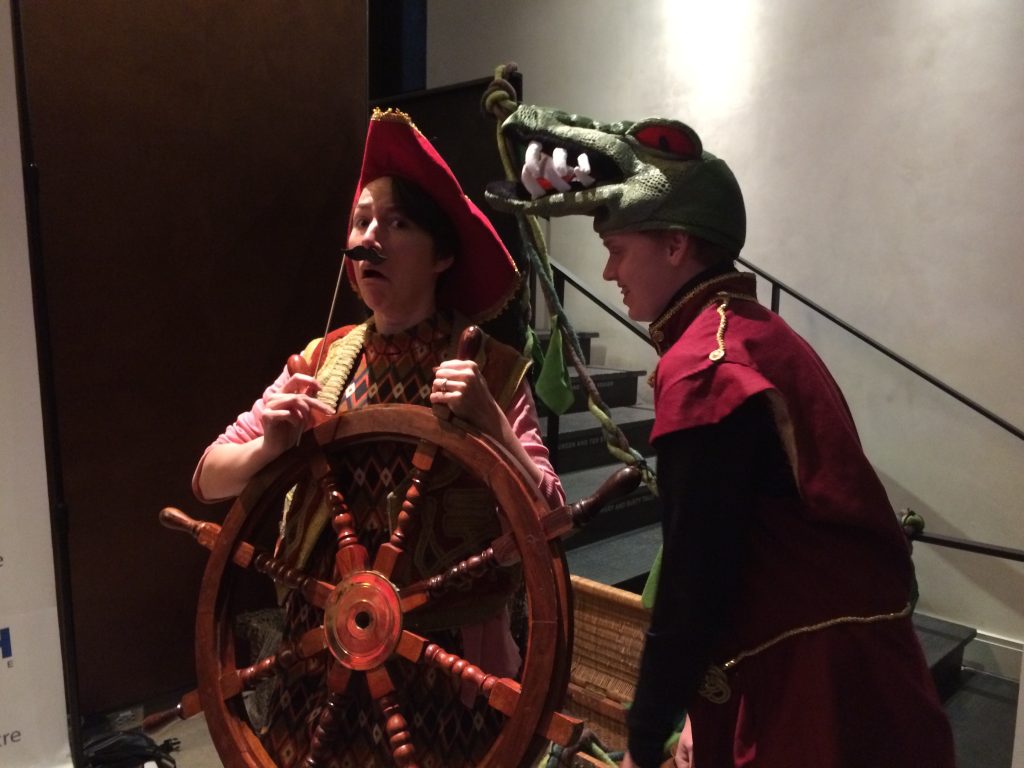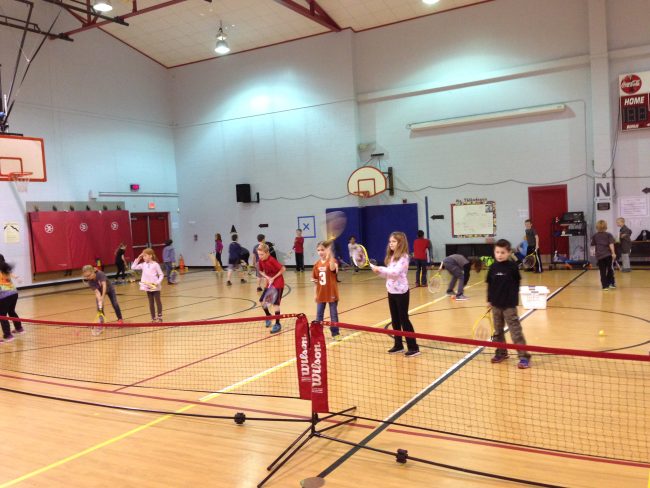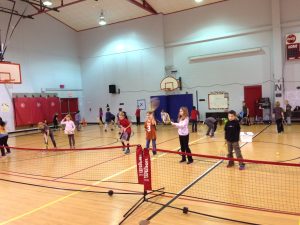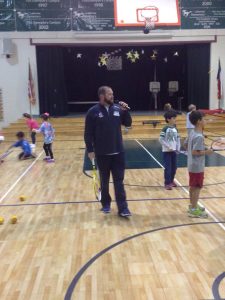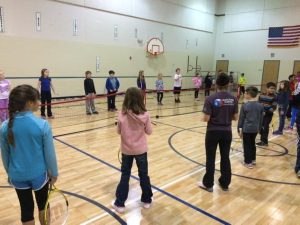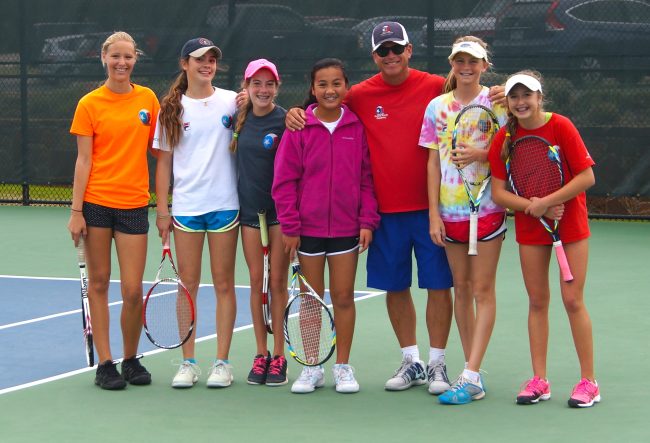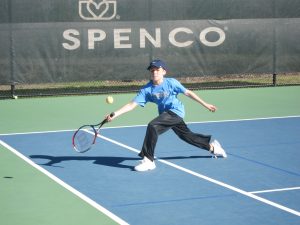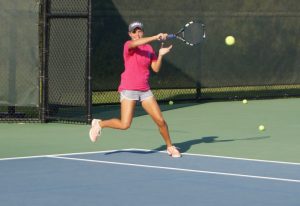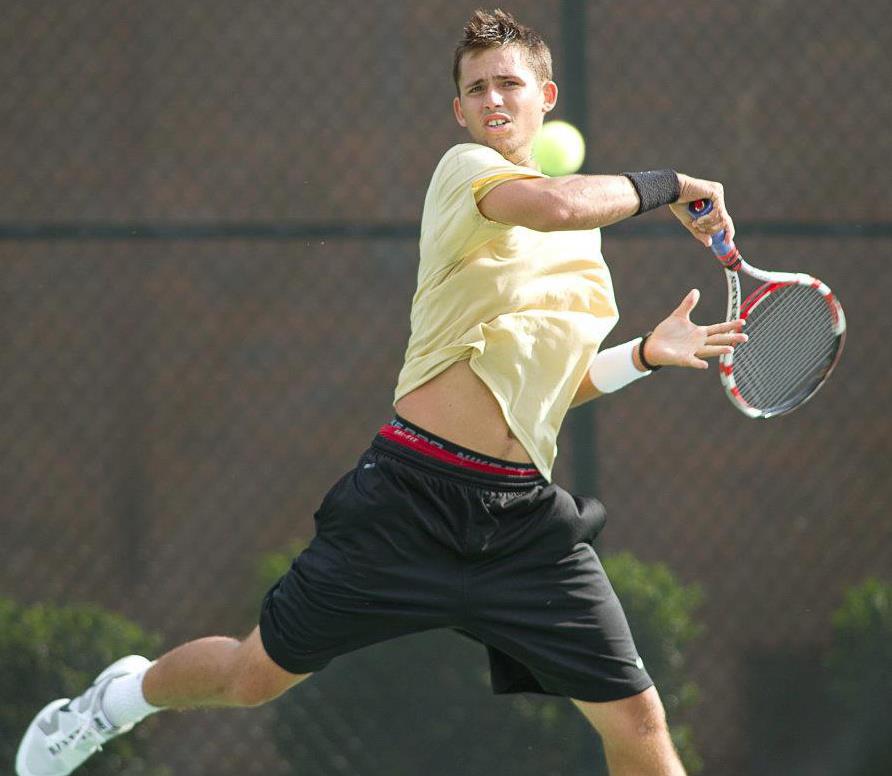Texas Grand Slam starts Friday, June 12th!
ATA has 60 super champ players competing in the Texas Grand Slam tournament starting Friday, June 12th! Twenty two of the singles players are seeded, singles play starts Saturday, June 13th. In doubles, ATA has twenty two seeded players and play starts Friday, June 12th.
ATA SEEDED PLAYERS
Boys 18s
- 4th seed – Grayson Broadus
- 9th seed – Payton Holden
- 17th seed – Jake Berber
- 17th seed – Erik Kerrigan
Boys 18d
- 9th seeds – Payton Holden/Jake Berber
- 9th seeds – Erik Kerrigan/Jackson Cobb
- 9th seeds – Grayson Broadus/James Kaynor
Boys 16s
- 4th seed – Alejandro Rodriguez
- 9th seed – Jesse Wikso
Boys 16d
- 2nd seed – Alejandro Rodriguez/Wilson Hamilton
- 9th seed – Jesse Wikso/Alex Wesbrooks
Boys 14s
- 5th seed – Harrison Chiu
- 17th seed – Jett Hampton
- 17th seed – Max Schmidhauser
Boys 14d
- 5th seeds – Harrison Chiu/Nicolas Cusanoare
- 9th seeds – Jett Hampton/Haydn Steffes
Boys 12s
- 9th seed – Matthew Gavrilov
Girls 18s
- 5th seed – Abigail Chiu
- 17th seed – Meghan O’Malley
Girls 18d
- 4th seeds – Abigail Chiu/ Victoria Yu
- 9th seeds – Meghan O’Malley/Riley Reeves
Girls 16s
- 17th seed – Callie Creath
- 17th seed – Adison Ford
- 17th seed – Kristin Kerrigan
- 17th seed – Alexandria Mjos
- 17th seed – Iolanda Maria Perim
Girls 16d
- 9th seeds – Adison Ford/Shailla Alda
- 9th seeds – Callie Creath/Kristin Kerrigan
- 9th seeds – Alexandria Mjos/Iolanda Maria Perim
Girls 14s
- 5th seed – Ela Raczka
- 9th seed – Megha Dania
- 9th seed – Anushka Dania
Girls 14d
- 5th seeds – Anushka Dania/Megha Dania
- 5th seeds – Ela Raczka/Emma Gener
Girls 12s
- 2nd seed – Caroline Wernli
- 9th seed – Sarah Darbar
Girls 12d
- 1st seeds – Caroline Wernli/Emma Staker
- 3rd seeds – Sarah Darbar/Anisha Apte

